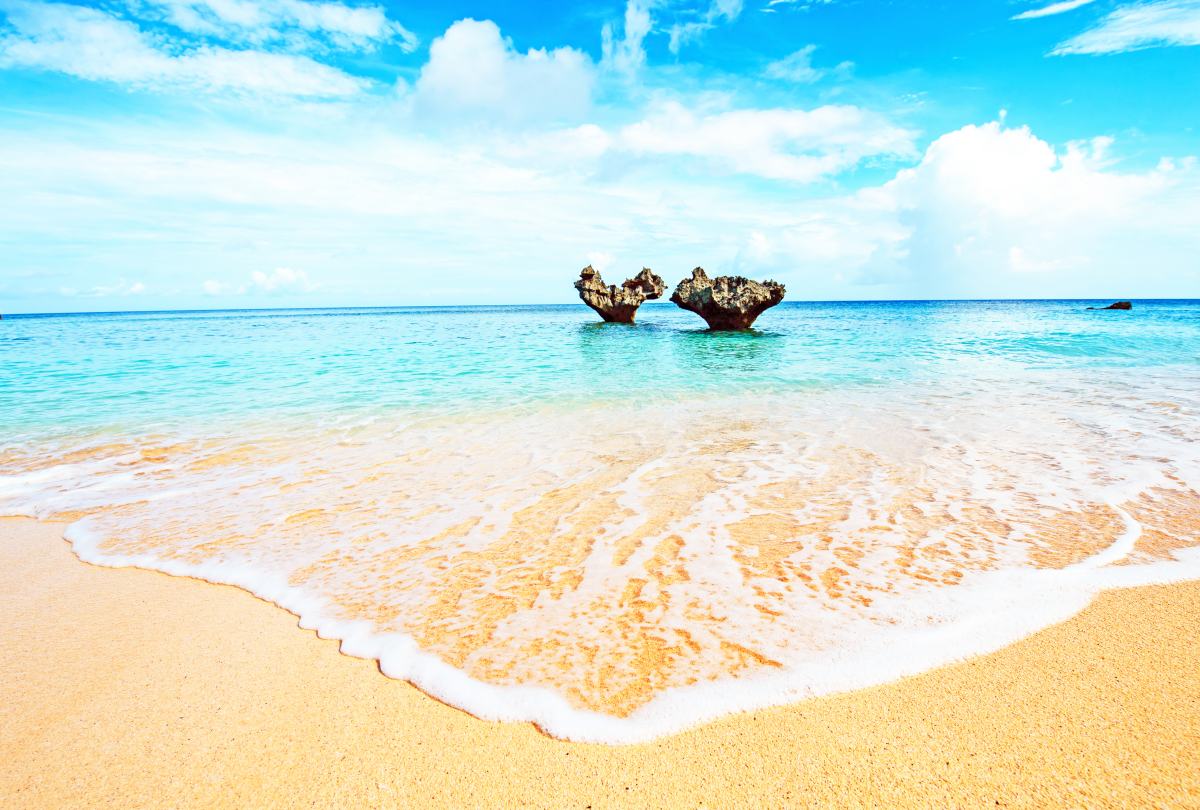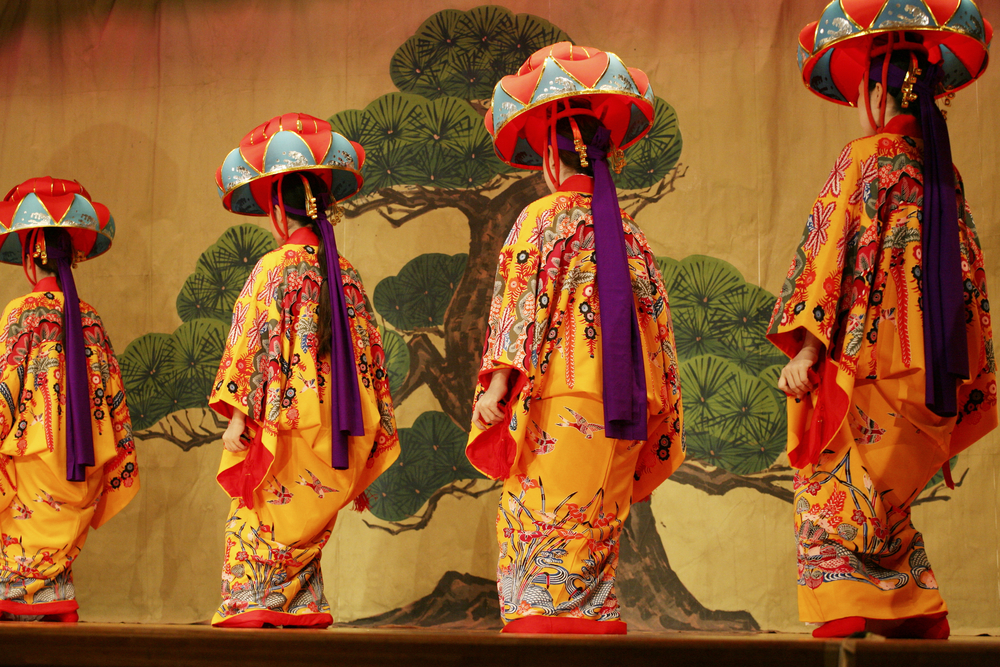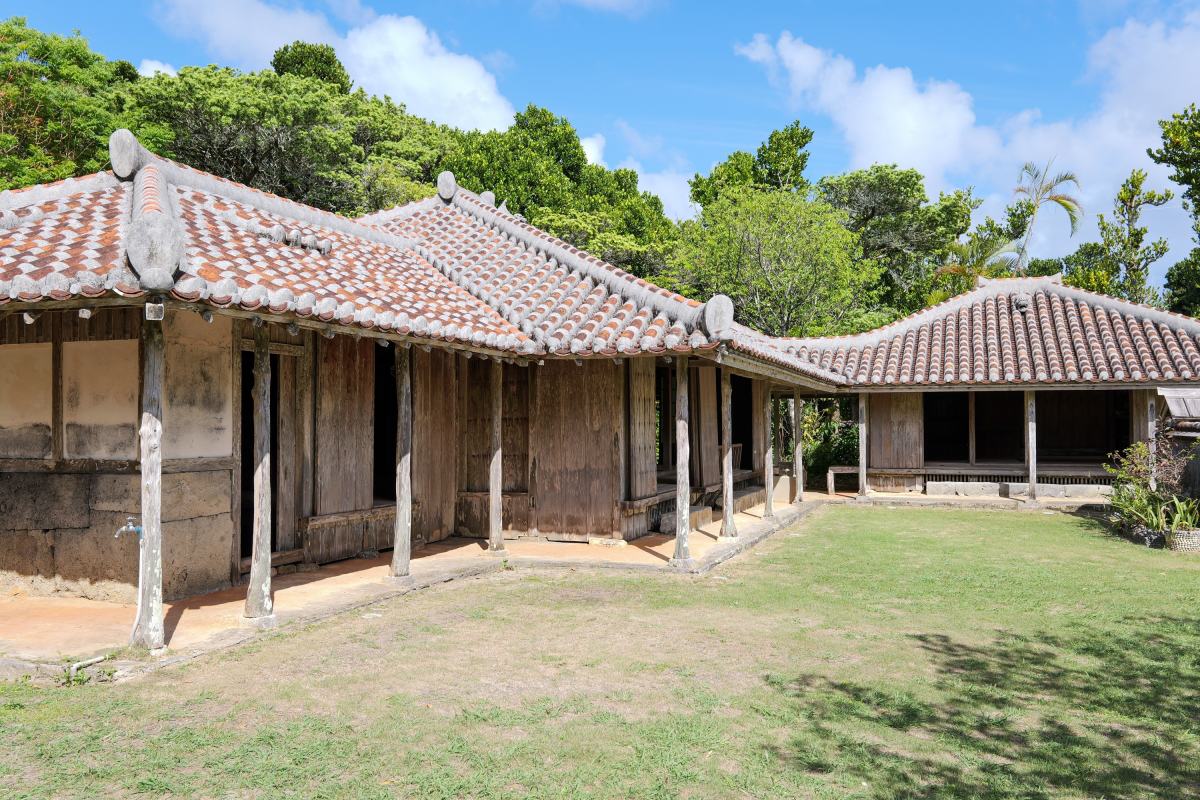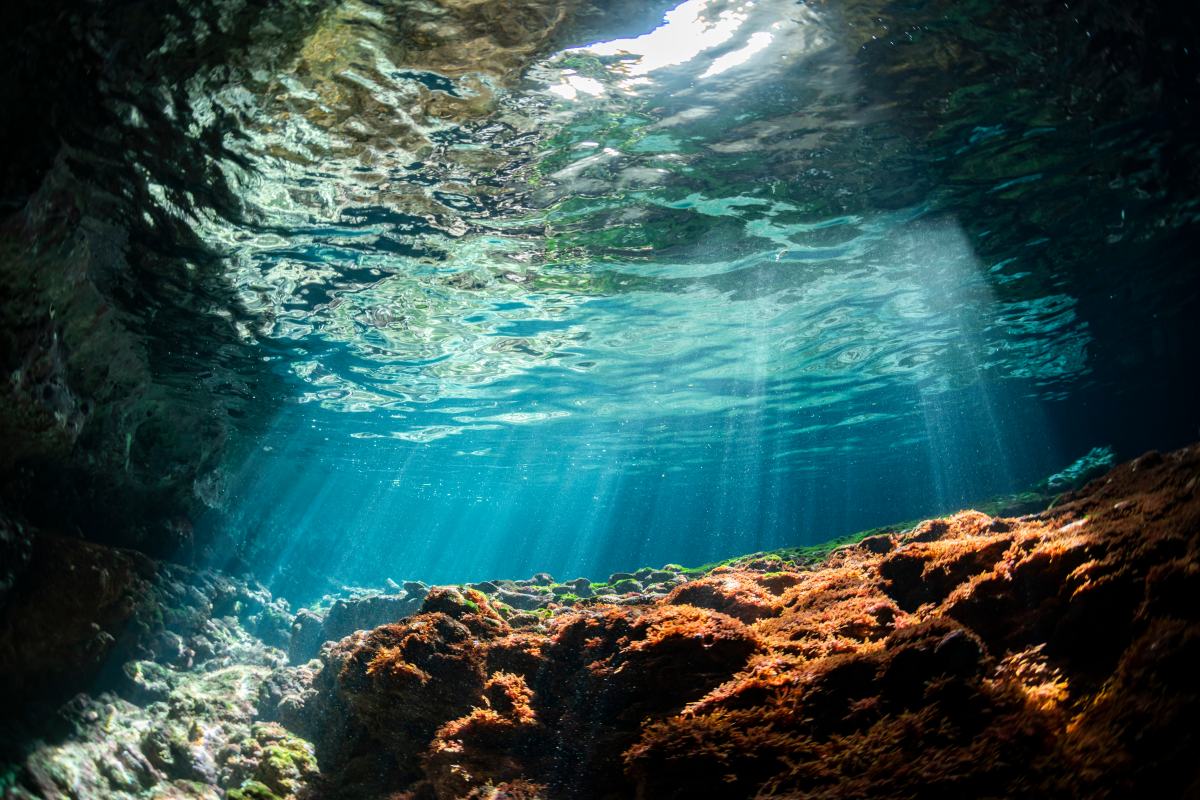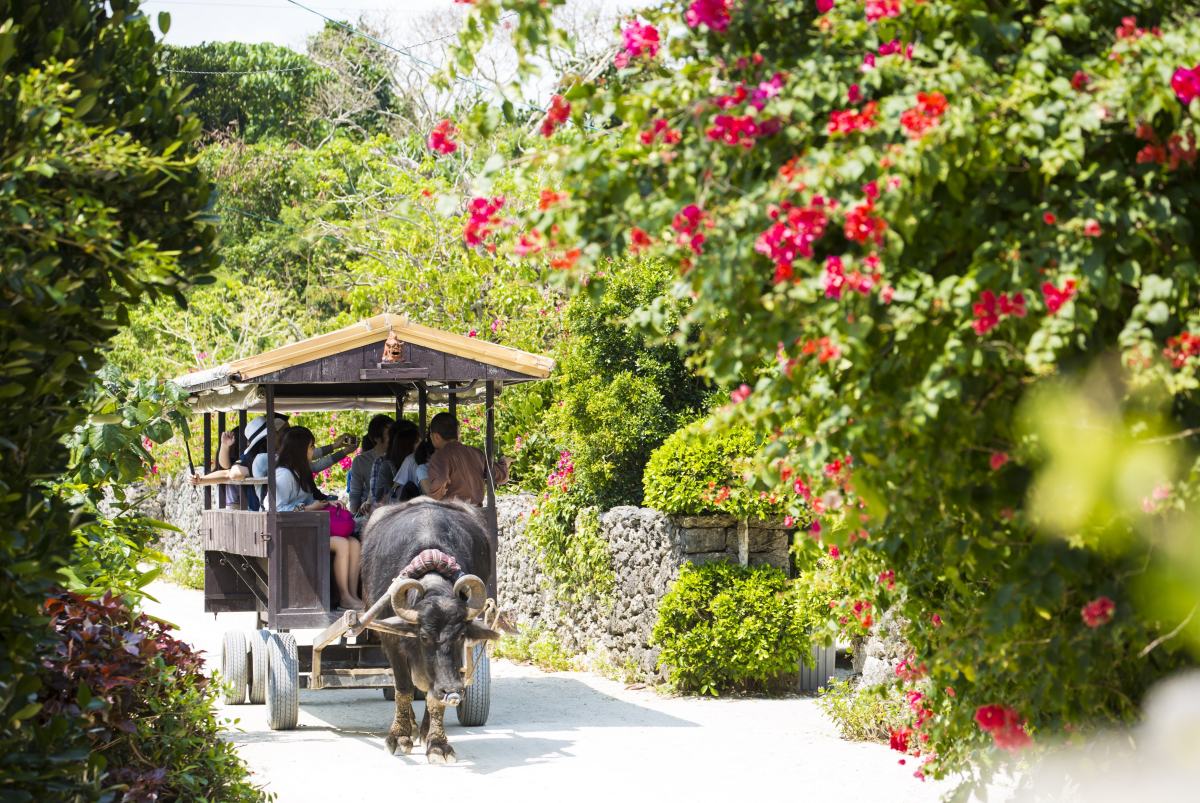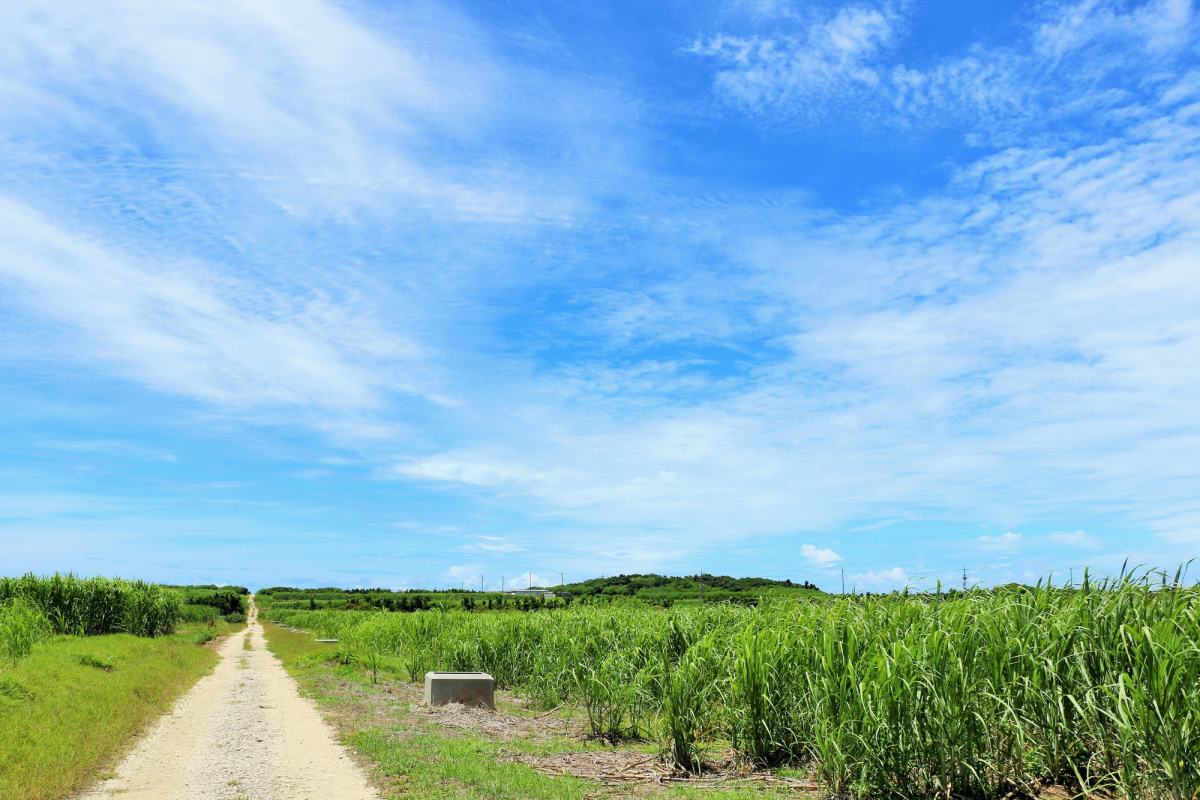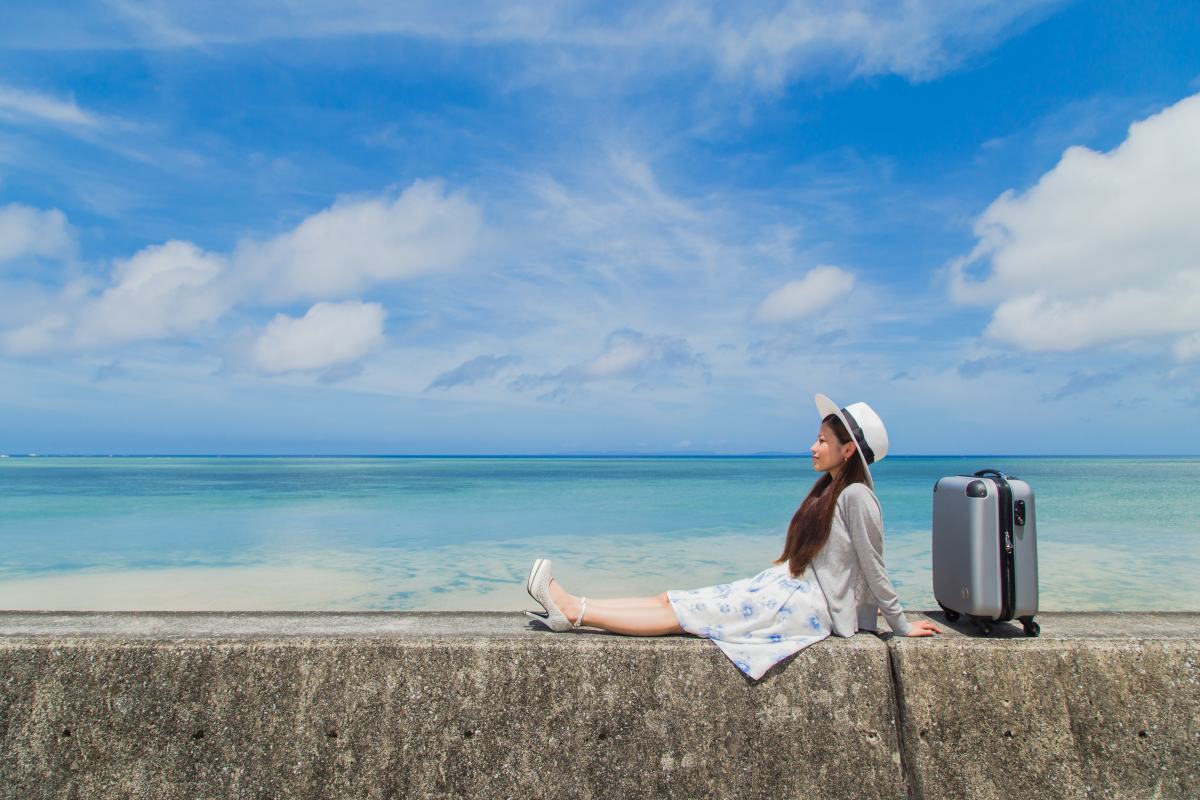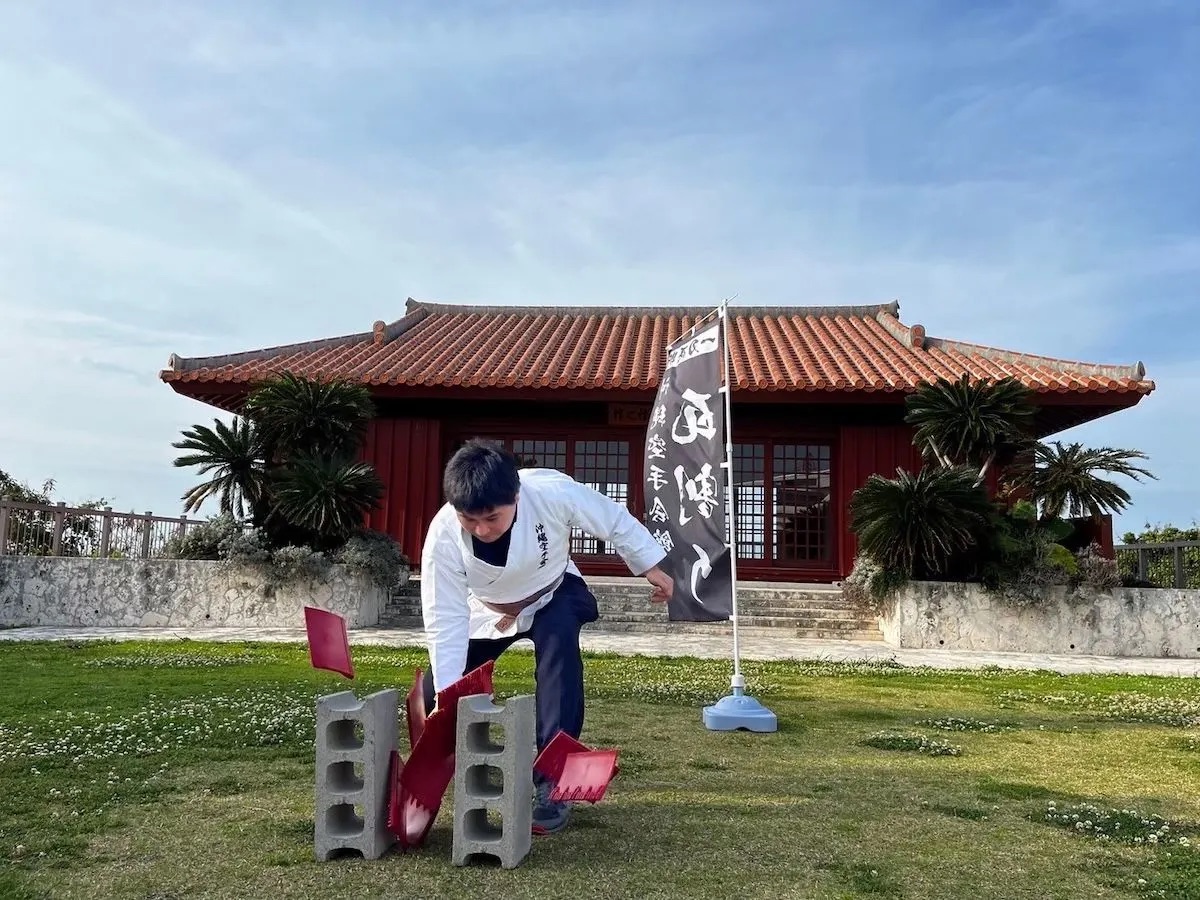Welcome to Okinawa, Japan’s southernmost prefecture known for its subtropical climate, stunning beaches, rich culture, and vibrant marine life. Whether you’re a first-time traveler or a seasoned Japan explorer looking for a new adventure, Okinawa offers a unique blend of relaxation, history, and outdoor fun that feels worlds apart from mainland Japan.
We’ll cover everything you need to know before visiting Okinawa—from the best time to go and top attractions, to cultural experiences, where to stay, and must-try foods. Dive in and plan your perfect island escape in Okinawa.

